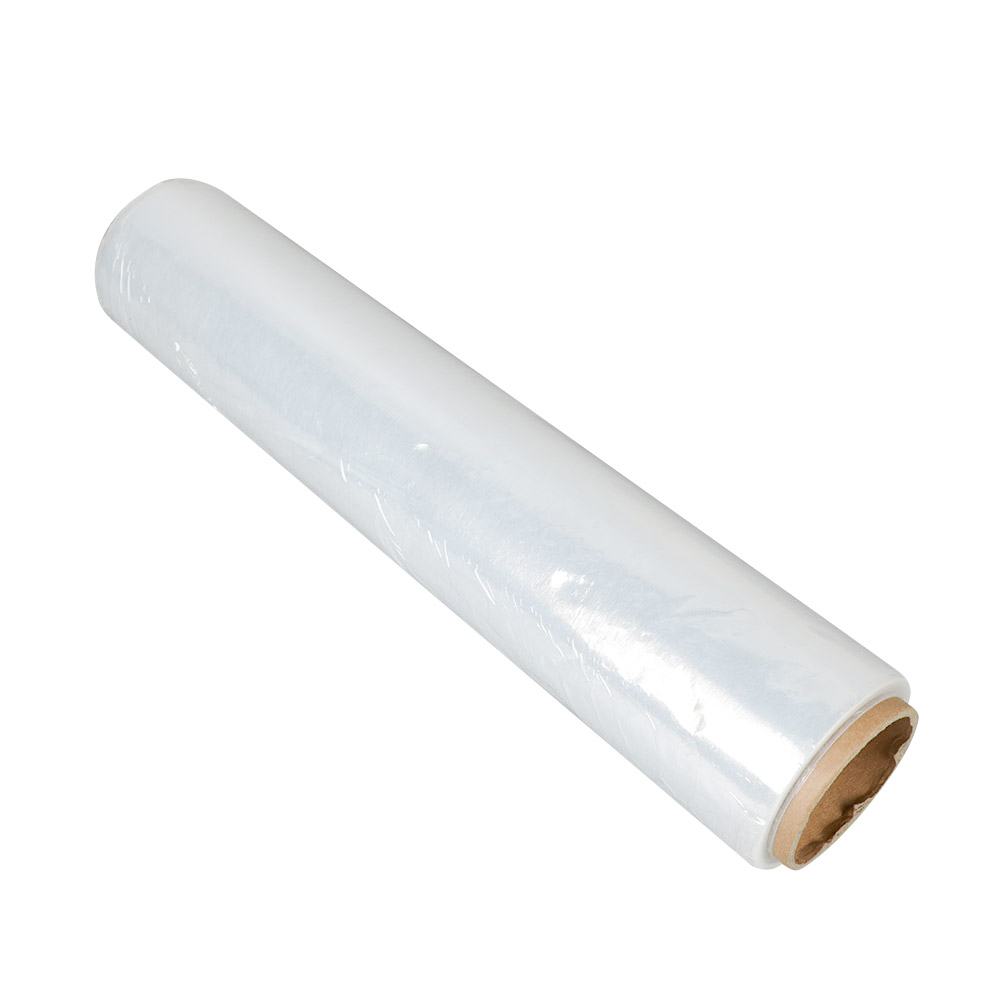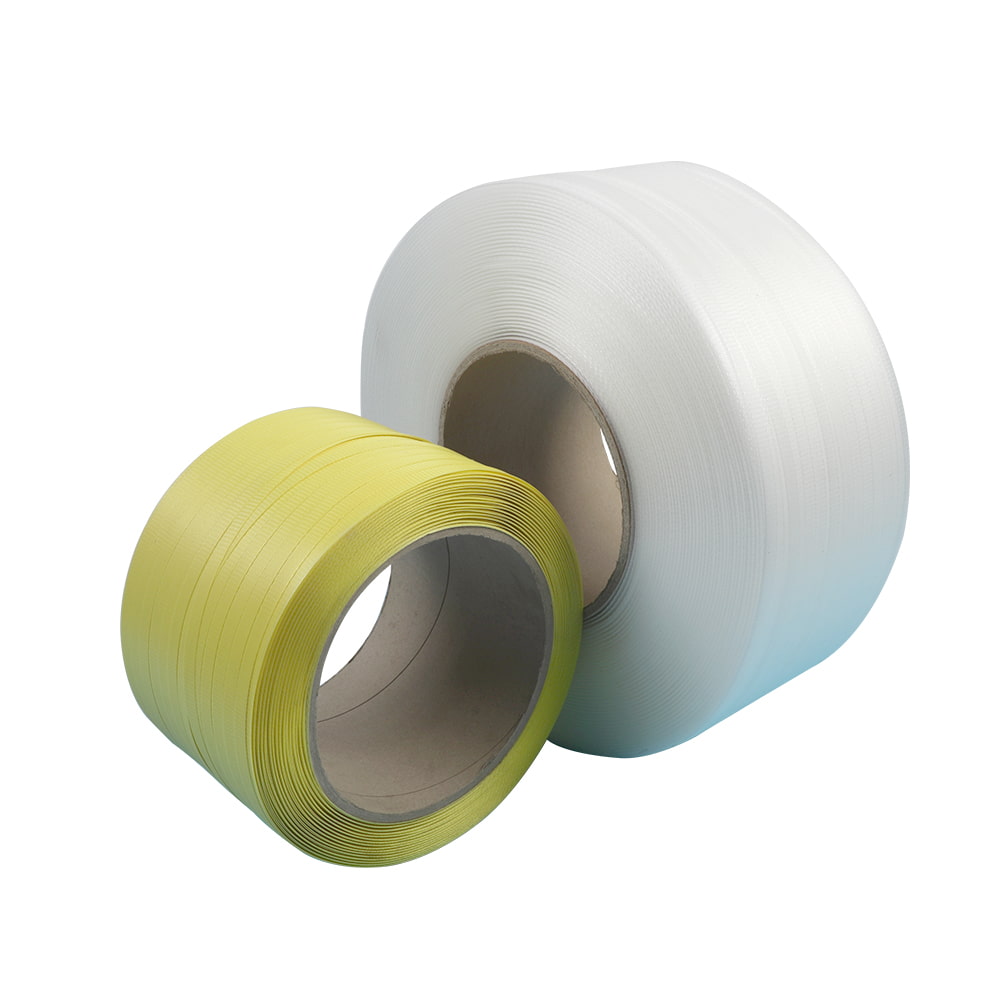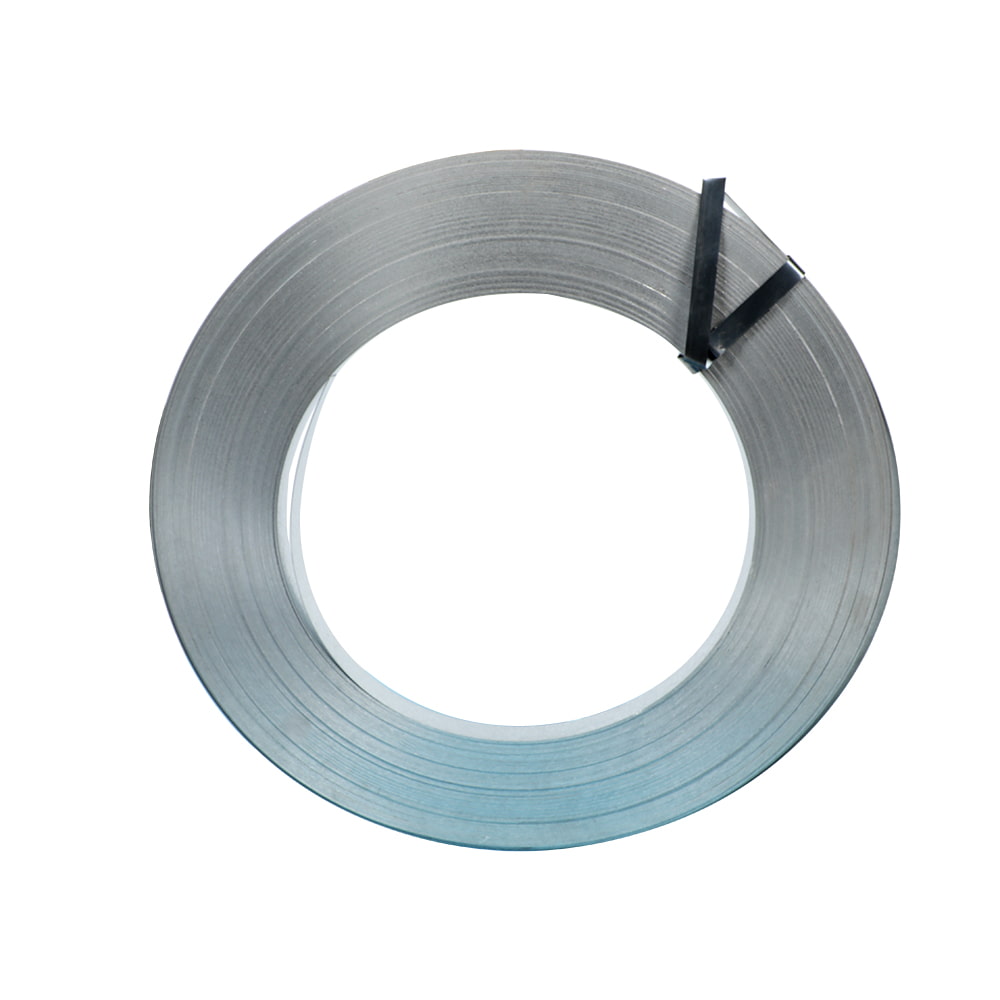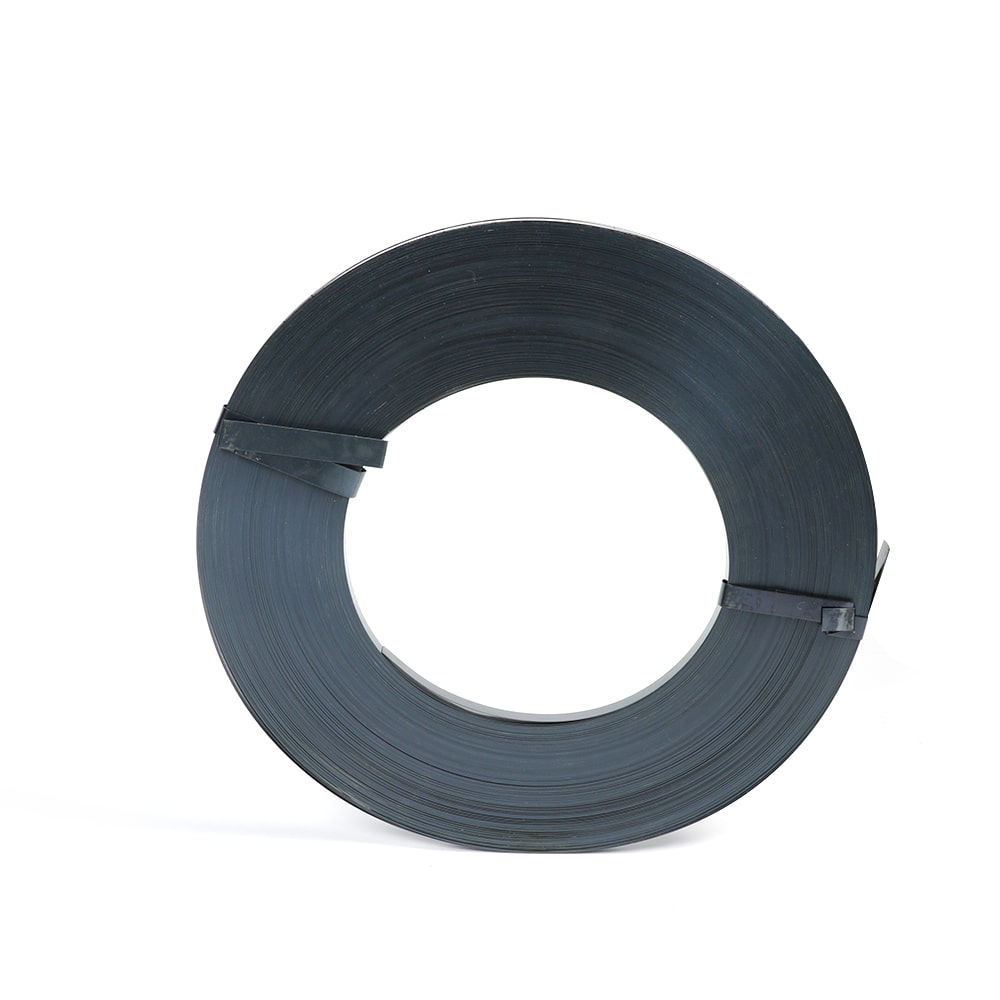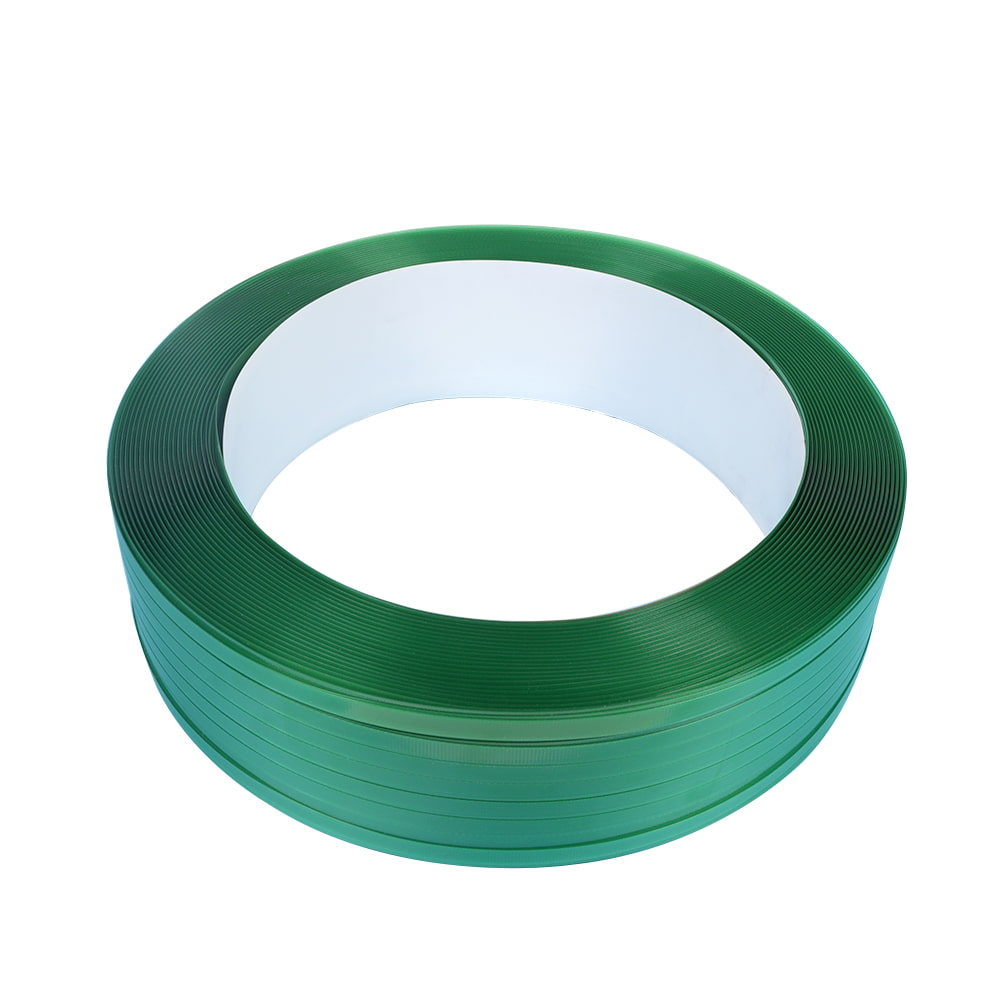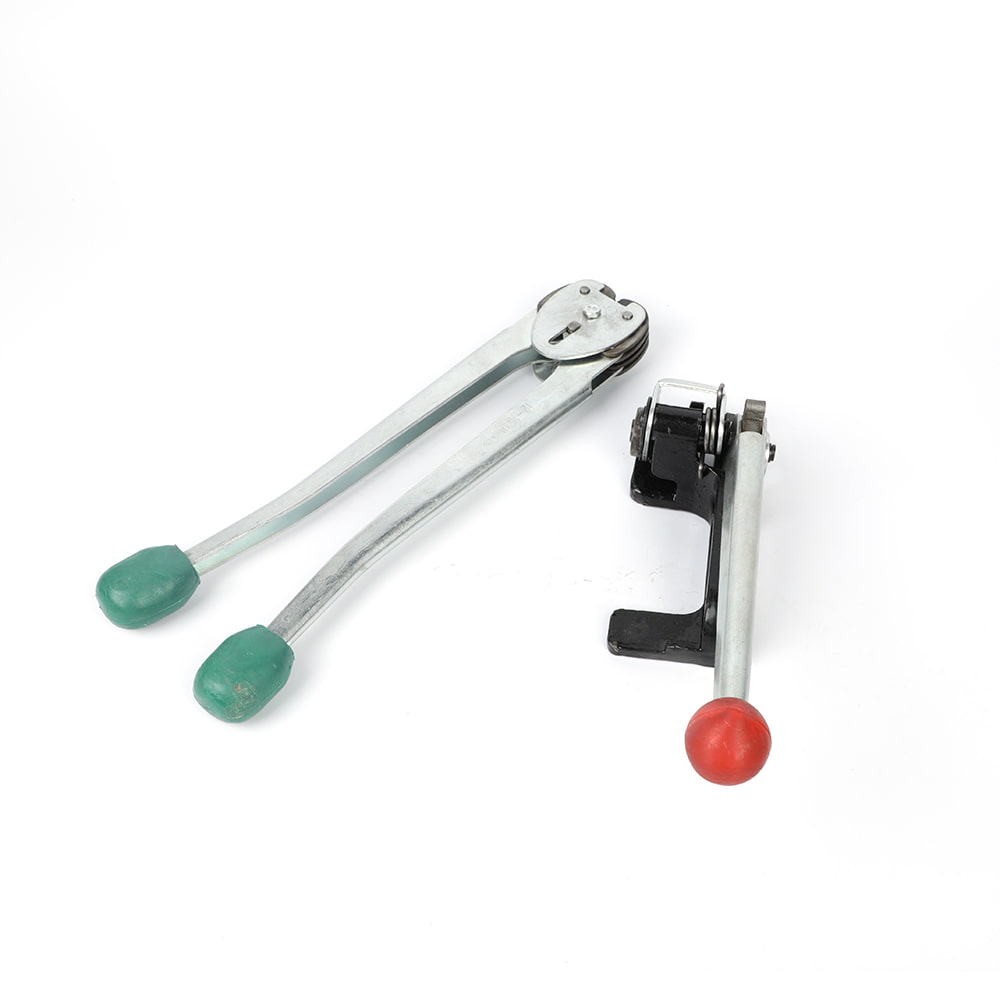How does stretch film contribute to load stability and unitization?
Author:admin Date:2023-08-11
Stretch film, also known as stretch wrap or stretchy plastic film, plays a crucial role in enhancing load stability and unitization in various industries, particularly in shipping, logistics, and material handling. Its primary function is to securely wrap and bind items together, creating a single unit or load that is resistant to movement, shifting, and damage during transportation and storage. Here's how stretch film contributes to load stability and unitization:
Containment and Compression: Stretch film is applied tightly around a group of items or a pallet, creating a protective layer that contains the load. The film exerts a compressive force on the items, holding them in place and preventing individual pieces from shifting or separating.
Friction and Adhesion: Stretch film has a tacky surface that adheres to itself and the load, creating friction between layers. This friction prevents items from sliding against each other or the pallet, reducing the likelihood of movement and instability.
Load Equalization: Stretch film helps distribute the weight of the load more evenly across the pallet or unit. This helps prevent overloading of certain areas and minimizes the risk of load collapse or shifting during handling and transportation.
Protection Against Moisture and Dust: Stretch film forms a protective barrier that shields the load from moisture, dust, and other environmental factors that could potentially damage or contaminate the products.
Tamper Evident: Stretch film can provide a level of tamper evidence, making it evident if someone has attempted to access or tamper with the load during transit or storage.
Improved Handling: A well-wrapped and stabilized load is easier to handle with forklifts, pallet jacks, and other material handling equipment. It reduces the likelihood of accidents, injuries, and damage to products.
Reduced Product Damage: By preventing movement and securing the load, stretch film reduces the risk of product damage due to collision, vibration, or other impacts that can occur during shipping or storage.
Optimized Storage: Unitizing loads with stretch film allows for efficient use of storage space. Stacking and storing unitized loads are easier and safer, maximizing warehouse space.
Cost Efficiency: Using stretch film for load stability can lead to cost savings by minimizing product damage, reducing the need for extra strapping or other securing methods, and improving overall shipping efficiency.
Customizability: Stretch film comes in various widths, thicknesses, and formulations, allowing for customization based on the specific load requirements, weight, and type of products being transported.
Environmental Impact: Some stretch films are recyclable, and advancements in eco-friendly materials are reducing the environmental impact associated with traditional plastic stretch films.
It's important to note that achieving optimal load stability and unitization requires proper technique and understanding of the specific load characteristics. Overstretching or understretching the film, inadequate coverage, and improper application can lead to compromised load stability. Training personnel on correct stretch film application techniques is essential to ensure load integrity and safety.
Containment and Compression: Stretch film is applied tightly around a group of items or a pallet, creating a protective layer that contains the load. The film exerts a compressive force on the items, holding them in place and preventing individual pieces from shifting or separating.
Friction and Adhesion: Stretch film has a tacky surface that adheres to itself and the load, creating friction between layers. This friction prevents items from sliding against each other or the pallet, reducing the likelihood of movement and instability.
Load Equalization: Stretch film helps distribute the weight of the load more evenly across the pallet or unit. This helps prevent overloading of certain areas and minimizes the risk of load collapse or shifting during handling and transportation.
Protection Against Moisture and Dust: Stretch film forms a protective barrier that shields the load from moisture, dust, and other environmental factors that could potentially damage or contaminate the products.
Tamper Evident: Stretch film can provide a level of tamper evidence, making it evident if someone has attempted to access or tamper with the load during transit or storage.
Improved Handling: A well-wrapped and stabilized load is easier to handle with forklifts, pallet jacks, and other material handling equipment. It reduces the likelihood of accidents, injuries, and damage to products.
Reduced Product Damage: By preventing movement and securing the load, stretch film reduces the risk of product damage due to collision, vibration, or other impacts that can occur during shipping or storage.
Optimized Storage: Unitizing loads with stretch film allows for efficient use of storage space. Stacking and storing unitized loads are easier and safer, maximizing warehouse space.
Cost Efficiency: Using stretch film for load stability can lead to cost savings by minimizing product damage, reducing the need for extra strapping or other securing methods, and improving overall shipping efficiency.
Customizability: Stretch film comes in various widths, thicknesses, and formulations, allowing for customization based on the specific load requirements, weight, and type of products being transported.
Environmental Impact: Some stretch films are recyclable, and advancements in eco-friendly materials are reducing the environmental impact associated with traditional plastic stretch films.
It's important to note that achieving optimal load stability and unitization requires proper technique and understanding of the specific load characteristics. Overstretching or understretching the film, inadequate coverage, and improper application can lead to compromised load stability. Training personnel on correct stretch film application techniques is essential to ensure load integrity and safety.

 EN
EN 
 English
English 中文简体
中文简体

